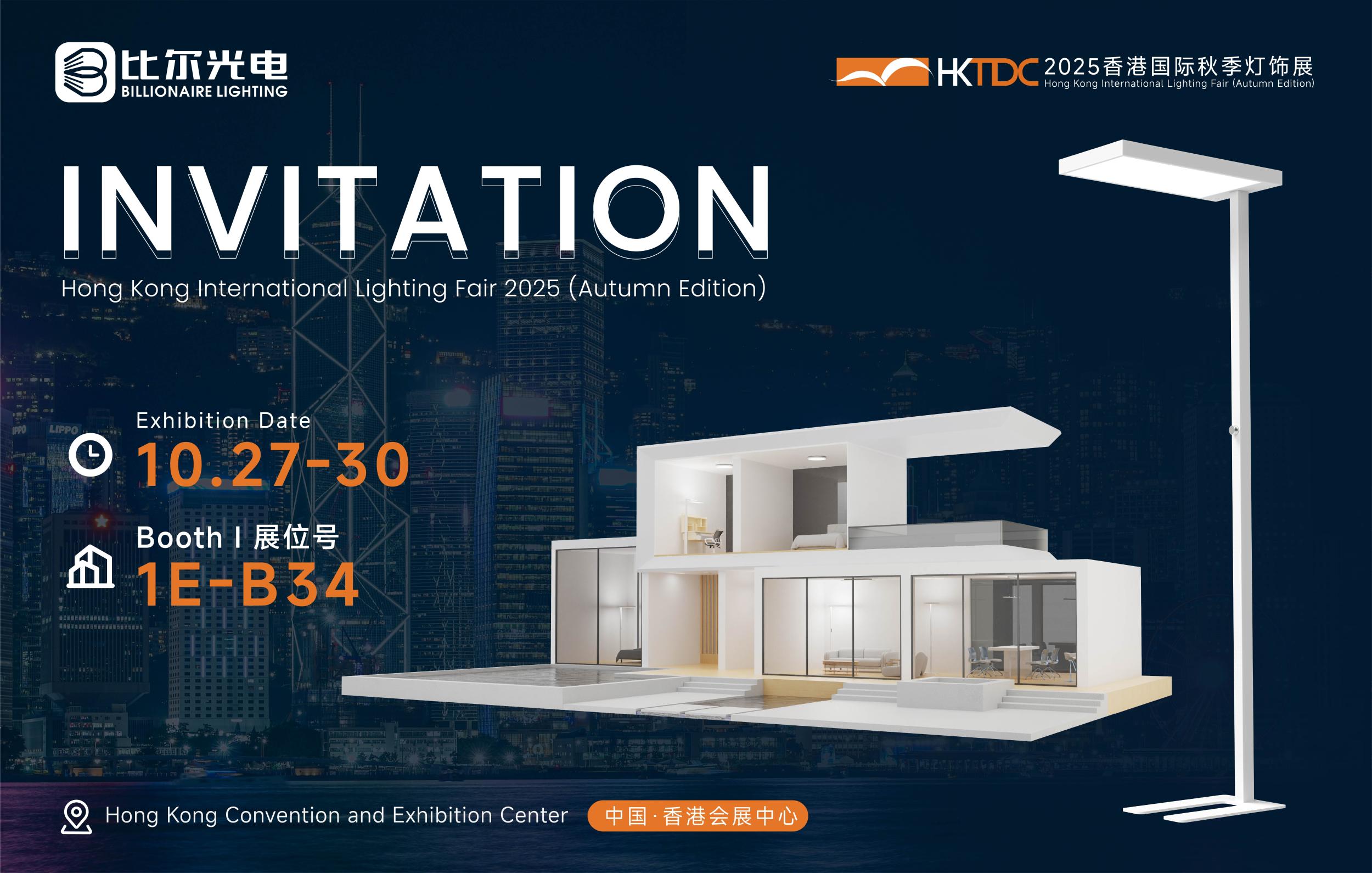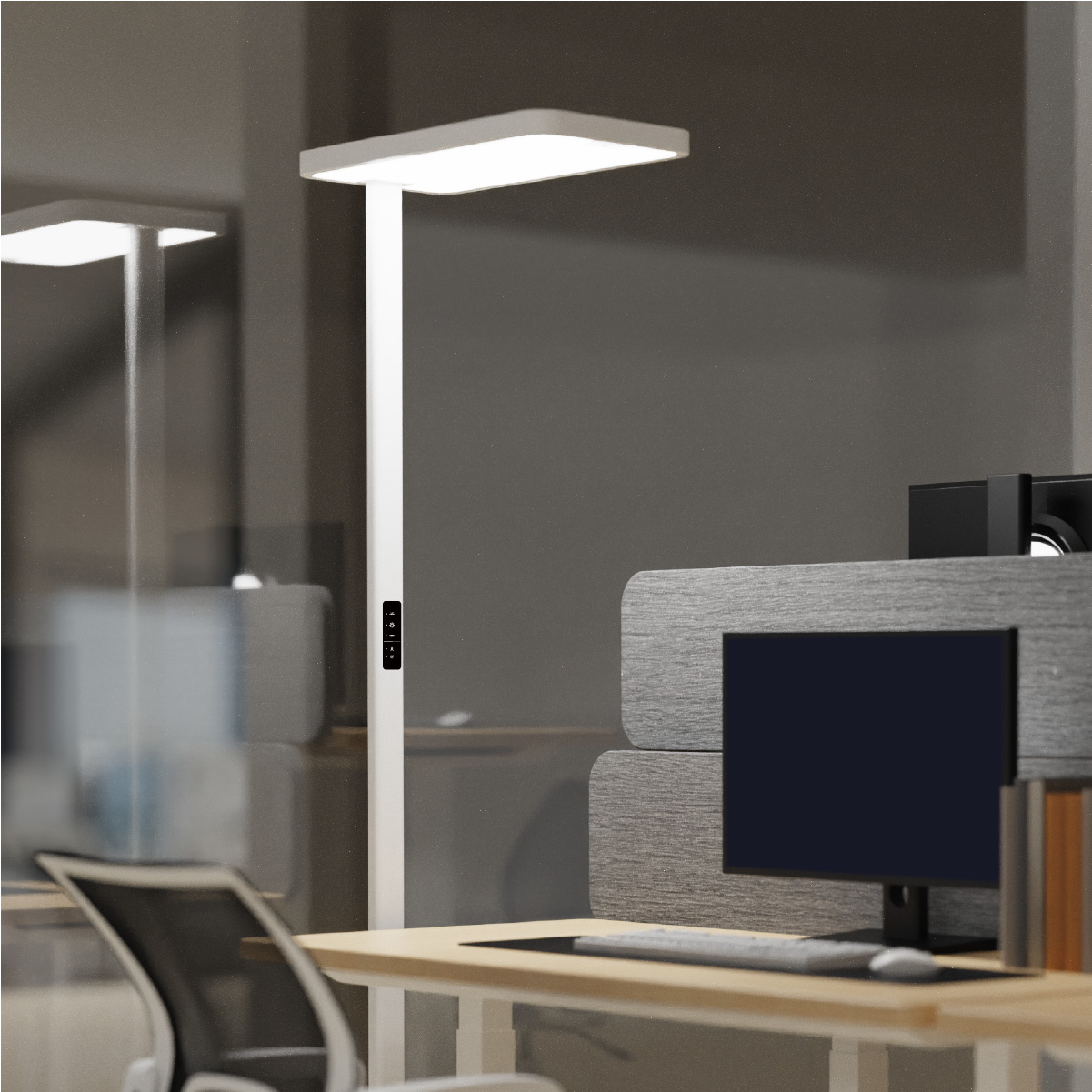Abstract
This paper explores the world of lamp stands with tables, examining their design, functionality, materials, and the various ways they can enhance different living and working environments. It begins with an overview of the evolution of this type of furniture, highlighting its practicality and aesthetic appeal. The key components and features of lamp stand with table combinations are analyzed, including the lamp stand itself, the tabletop, and the storage options that may be incorporated. Different styles and designs are discussed, ranging from traditional to modern and minimalist, to cater to diverse tastes and interior decor themes. The paper also delves into the benefits of using these multifunctional pieces, such as space-saving, convenience, and the ability to create a cozy and organized atmosphere. Considerations for choosing the right lamp stand with table, such as size, height, lighting requirements, and quality of construction, are presented. Additionally, the future trends and potential advancements in the design and technology of lamp stand with table units are envisioned, emphasizing their continued relevance and innovation in the furniture market.
I. Introduction
In the realm of interior design, the combination of a lamp stand and a table has emerged as a popular and practical choice for many homeowners and decorators. This innovative piece of furniture not only provides illumination but also serves as a functional surface for various activities, making it a versatile addition to any room. Whether it's a living room, bedroom, or home office, a lamp stand with a table can enhance the overall aesthetics and functionality of the space, offering a convenient solution for both lighting and workspace needs.
II. Design and Components of Lamp Stand with Table
A. Lamp Stand
The lamp stand is the backbone of this furniture piece, and its design can vary widely. It can be made of different materials, such as wood, metal, or a combination of both. Wooden lamp stands offer a warm and natural look, often with carved details or a stained finish to add elegance. Metal lamp stands, on the other hand, can provide a sleek and modern appearance, with options like brushed steel or polished chrome. The height of the lamp stand is an important consideration, as it should be appropriate for the intended use and the surrounding furniture. It can range from a short and compact design for bedside use to a taller and more imposing stand for a living room or study. The base of the lamp stand needs to be stable to support the weight of the lamp and any items placed on the tabletop. Some lamp stands feature adjustable arms or swivel heads, allowing for better control of the light direction.
B. Tabletop
The tabletop is another crucial element of the lamp stand with table combination. It can be made of various materials, including wood, glass, marble, or laminate. A wooden tabletop provides a durable and inviting surface, suitable for placing books, drinks, or decorative items. Glass tabletops add a touch of elegance and transparency, making the piece feel lighter and more open. Marble tabletops offer a luxurious and sophisticated look, while laminate tabletops are often more affordable and come in a wide range of colors and patterns. The size and shape of the tabletop depend on the intended use and the available space. It can be a small and circular top for a compact bedside table or a larger and rectangular one for a living room or home office. Some tabletops may also have built-in features, such as a recessed area for a coaster or a lip to prevent items from falling off.
C. Storage Options
Many lamp stand with table designs incorporate storage features, adding to their functionality. This can include drawers, shelves, or compartments. Drawers are useful for storing small items like pens, notepads, or remote controls, keeping them within easy reach but out of sight. Shelves can be used to display books, magazines, or decorative objects, adding a personal touch to the space. Compartments can be designed to hold specific items, such as a charging station for electronic devices. The storage options can be integrated into the base of the lamp stand or the sides of the table, making efficient use of the available space.
III. Styles and Designs of Lamp Stand with Table
A. Traditional Style
Traditional lamp stand with table designs often feature ornate details, such as carved legs, decorative finials, and rich finishes. The materials used are typically of high quality, with a focus on natural woods and metals. The overall look is warm and inviting, evoking a sense of classic elegance. These pieces are well-suited for traditional or formal interiors, adding a touch of sophistication to the room. A traditional lamp stand with a table might have a wooden base with turned legs and a mahogany finish, paired with a fabric lampshade and a glass tabletop. The design is often symmetrical and balanced, creating a harmonious aesthetic.
B. Modern and Minimalist Style
For those who prefer a more contemporary look, modern and minimalist lamp stand with table designs are available. These pieces feature clean lines, simple forms, and a focus on functionality. The materials used are often industrial-inspired, such as metal, glass, and concrete. The color palette is usually neutral, with blacks, whites, and grays dominating. A modern minimalist lamp stand might have a slender metal frame with a built-in LED light, a clear glass tabletop, and no visible hardware. The overall design is sleek and uncluttered, making it a great choice for modern living spaces or minimalist bedrooms.
C. Rustic and Industrial Style
Rustic and industrial style lamp stand with table combinations are popular for their rugged and authentic charm. These designs often incorporate reclaimed materials, such as old wood and metal pipes. The wood may have a distressed finish, showing the natural grain and imperfections. The metal parts may be left unfinished or have a weathered look. A rustic industrial lamp stand could have a wooden plank tabletop supported by metal pipe legs, with a metal cage-style lampshade. This style is perfect for lofts, cabins, or any space with an industrial or rustic theme, adding a sense of character and history.
IV. Benefits of Using a Lamp Stand with Table
A. Space-Saving
One of the significant advantages of a lamp stand with a table is its space-saving nature. Instead of having separate pieces for lighting and a surface, this combination unit takes up less floor space. This is especially beneficial in smaller rooms or apartments where every inch counts. By integrating the lamp and the table, it creates a more streamlined and efficient use of the available area. For example, a bedside lamp stand with a table can provide both a reading light and a place to keep a book, glasses, or a glass of water, without cluttering the bedside area.
B. Convenience
Having a lamp and a table in one unit offers great convenience. It allows users to have easy access to both light and a surface for various activities. Whether it's reading, working on a laptop, or having a meal in bed, the lamp stand with table provides a practical solution. The proximity of the light source to the tabletop ensures that the area is well-illuminated, reducing eye strain and making it easier to perform tasks. Additionally, the storage options incorporated in many designs make it convenient to keep essential items within reach, eliminating the need to search for them in different parts of the room.
C. Aesthetic Appeal
A well-designed lamp stand with table can enhance the overall aesthetic of a room. It serves as a decorative piece that ties the room together and adds a focal point. The choice of style and materials can complement the existing decor, whether it's a traditional, modern, or rustic theme. The combination of the lamp and the table creates a harmonious look, adding warmth and character to the space. For example, a stylish lamp stand with a table in a living room can enhance the ambiance and make the room feel more inviting and comfortable.
D. Functionality
The functionality of a lamp stand with table goes beyond just providing light and a surface. The storage options, adjustable features, and the ability to use it for different purposes make it a highly versatile piece of furniture. It can be used as a bedside table, a side table in a living room, a reading nook table, or a small workstation in a home office. The adjustable lamp stand allows users to direct the light where it is needed, whether it's for ambient lighting or task lighting. The tabletop can be used for various activities, such as writing, drawing, or displaying decorative items.
V. Considerations for Choosing the Right Lamp Stand with Table
A. Size and Proportion
When choosing a lamp stand with table, it is essential to consider the size and proportion of the piece in relation to the room and the surrounding furniture. The height of the lamp stand should be appropriate for the intended use. For example, a bedside lamp stand should be at a height that allows for comfortable reading in bed, while a living room lamp stand should be tall enough to provide ambient lighting without being too obtrusive. The size of the tabletop should also be considered, depending on the items that will be placed on it. A larger tabletop may be needed for a home office or a living room where multiple items are used regularly, while a smaller one may suffice for a bedside table. The overall proportion of the lamp stand with table should be in harmony with the other furniture in the room to create a balanced and visually pleasing look.
B. Lighting Requirements
The type and quality of the lighting provided by the lamp are important considerations. The brightness of the lamp should be suitable for the intended use. A reading lamp, for example, should have a focused and adjustable light source to prevent eye strain. The color temperature of the light can also affect the mood and ambiance of the room. A warm color temperature is often preferred for a cozy and relaxing atmosphere, while a cooler temperature may be better for tasks that require focus and concentration. Additionally, the type of lampshade can influence the diffusion and direction of the light. A fabric lampshade may provide a softer and more diffused light, while a metal or glass shade may offer a more direct and focused illumination.
C. Quality of Construction
The quality of the construction of the lamp stand with table is crucial for its durability and long-term use. Check the materials used and their quality. The wood should be solid and well-finished, without any signs of warping or cracking. The metal parts should be sturdy and free from rust or corrosion. The joints and connections should be secure and well-made, ensuring that the piece is stable and can withstand regular use. Look for details such as smooth finishes, precise fittings, and quality hardware. A well-constructed lamp stand with table will not only last longer but also provide a better user experience.
D. Style and Compatibility
The style of the lamp stand with table should be in line with the overall decor of the room. Consider the existing furniture, color scheme, and theme of the space. A traditional room may require a lamp stand with table in a classic style, while a modern room would benefit from a more contemporary design. The materials and finishes should also be chosen to complement the other elements in the room. For example, a wooden lamp stand with a natural finish may pair well with a room that has a lot of natural textures and earthy tones, while a metal and glass combination may be more suitable for a sleek and modern space.
VI. Future Trends and Advancements in Lamp Stand with Table Design
A. Smart Technology Integration
The future of lamp stand with table design is likely to see increased integration of smart technology. This could include features such as wireless charging pads built into the tabletop, allowing users to charge their smartphones or other devices without the need for cords. Smart lighting systems could be incorporated, enabling users to control the brightness, color temperature, and even the color of the light through a smartphone app or voice commands. For example, the lamp could be programmed to change colors based on the time of day or the mood of the user. Additionally, sensors could be added to detect the ambient light level and automatically adjust the brightness of the lamp to provide the optimal illumination.
B. Sustainable and Eco-Friendly Materials
With the growing awareness of environmental issues, there will be a greater emphasis on using sustainable and eco-friendly materials in the design of lamp stand with table units. This could involve the use of recycled woods, metals, and plastics. Bamboo, which is a fast-growing and renewable resource, may become a popular choice for the construction of lamp stands. Recycled glass could be used for tabletops, and natural fibers for lampshades. Manufacturers may also focus on reducing the energy consumption of the lighting components, such as using more efficient LED bulbs and improving the power management systems.
C. Modular and Customizable Designs
Future designs may offer more modular and customizable options. Users could be able to choose different components, such as the lamp stand style, tabletop material, and storage options, to create a personalized piece that suits their specific needs and preferences. Modular designs would also make it easier to repair or upgrade the furniture, as individual parts could be replaced or added. This would increase the lifespan of the lamp stand with table and reduce waste. For example, a user could start with a basic lamp stand and table unit and later add a drawer or a shelf as their needs change.
In conclusion, a lamp stand with a table is a practical and stylish addition to any space. Its versatility, functionality, and aesthetic appeal make it a popular choice among homeowners and interior designers. By considering factors such as size, style, lighting requirements, and quality of construction, users can choose the right lamp stand with table to enhance their living or working environment. Looking ahead, the future of lamp stand with table design holds exciting possibilities, with smart technology integration, sustainable materials, and modular designs set to further improve these multifunctional pieces of furniture.



